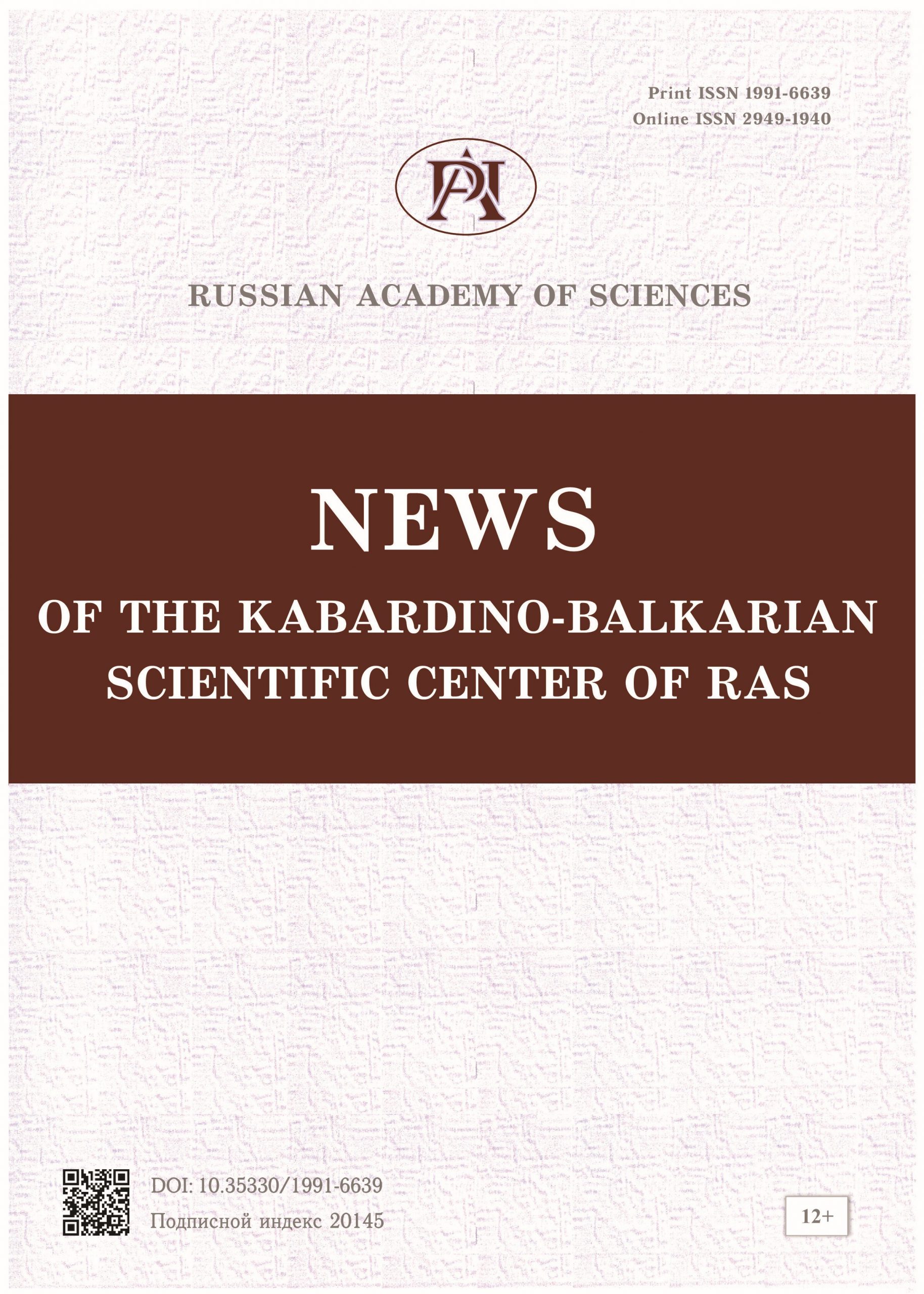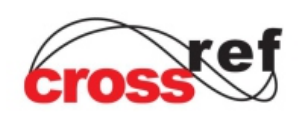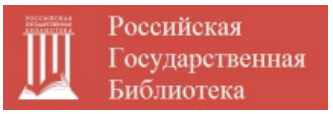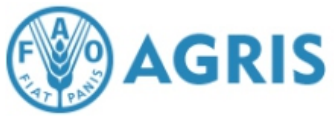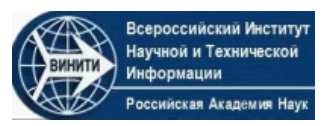Improving the chemical protection of corn crops by developing universal agricultural robots
V.M. Shuganov
Upload the full text
Abstract. The main parameters influencing the effectiveness of chemical protection of corn are considered. A detailed analysis of the influence of weather factors (temperature, relative humidity and air speed), choice of pesticide, application rate and droplet size of the working solution, and timing of treatment on the yield of corn crops is presented. The optimal droplet size of the working solution for controlling weeds, diseases and pests of corn is indicated, and their dependence on the type of sprayer. The need to improve the chemical protection of corn crops from weeds, diseases and pests was noted in order to improve the quality of processing, optimize the consumption of pesticides, and reduce environmental damage. The features of ultra-low-volume spraying (ULV) are noted, and the advantages and disadvantages of this method are indicated. The article describes the prerequisites facilitating the transition of agriculture to the use of digital and intelligent technologies, automation and robotization of the industry, including in the field of chemical protection of corn crops, as well as the advantages of their use. Based on our own experiments and data analysis, domestic and foreign researchers in the field of chemical plant protection, a justification is given and the feasibility of further improving the autonomous mobile agricultural “Robot Agroprotector” of the KBSC RAS with a weed recognition system and a mechanism for local (point) application of pesticides based on meteorological data is noted. conditions in real time.
Keywords: agriculture, chemical plant protection, resource-saving technologies, corn spraying, digital and intelligent technologies, agricultural robot
For citation. Shuganov V.M. Improving the chemical protection of corn crops by developing universal agricultural robots. News of the Kabardino-Balkarian Scientific Center of RAS. 2024. Vol. 26. No. 1. Pp. 48–58. DOI: 10.35330/1991-6639-2024-26-1-48-58
